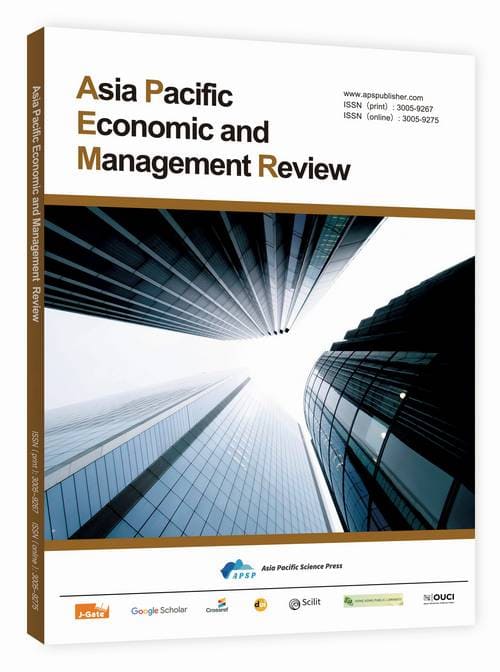Performance Analysis of Green Transformation in High Energy-Consuming Enterprises: A Case Study of Huaneng Power International, Inc.
DOI:
https://doi.org/10.62177/apemr.v2i5.811Keywords:
Green Transformation, High Energy-Consuming Enterprise, Huaneng Power International, Environmental Performance, Financial Performance, Renewable Energy, Carbon Emissions, Sustainability TransitionAbstract
The global transition to a low-carbon economy presents a formidable challenge and a strategic imperative for high energy-consuming enterprises, particularly in the power generation sector. As a dominant player in China's thermal power industry and a significant global carbon emitter, Huaneng Power International, Inc. (HPI) serves as a critical case for examining the viability and outcomes of green transformation within a traditionally carbon-intensive framework. This paper conducts a comprehensive performance analysis of HPI's multi-faceted green transformation journey from 2010 to the present. By integrating strategic management theories like the Resource-Based View (RBV) with a multi-dimensional performance framework, this study assesses the environmental, financial, and operational consequences of HPI's initiatives. These initiatives include the aggressive expansion of its renewable energy portfolio (notably wind and solar), the deployment of ultra-supercritical coal-fired technologies, and active participation in the national carbon emissions trading scheme (ETS). The analysis reveals a complex and nuanced outcome: while HPI has made significant strides in reducing its carbon and pollutant emission intensity and enhancing its operational efficiency, the transformation has imposed substantial financial burdens, including elevated debt levels and short-term profitability pressures. The findings indicate that the green transformation of a high energy-consuming giant is not a linear path to immediate prosperity but a strategic, long-term recalibration. Success hinges on a delicate balance between regulatory compliance, technological investment, and financial viability. This study contributes to the broader understanding of sustainability transitions in hard-to-abate sectors and offers valuable insights for corporate managers, investors, and policymakers navigating the complexities of the energy transition.
Downloads
References
Barney, J. (1991). Firm resources and sustained competitive advantage. Journal of Management, 17(1), 99-120. DOI: https://doi.org/10.1177/014920639101700108
Huaneng Power International, Inc. (2015-2022). Annual Reports, Shanghai Stock Exchange.
Huaneng Power International, Inc. (2018-2022).Social Responsibility/Environmental, Social and Governance (ESG) Reports.
Zhang, S., & Zhang, M. (2021). The impact of carbon ETS on the corporate financial performance of China's power industry: A case study of Huaneng Power. Energy Policy, 158, 112557.
Yuan, J., & Li, P. (2020). The green transformation of China's power sector: Policies and corporate strategies. The Energy Journal, 41(4), 1-22.
International Energy Agency (IEA). (2021). An Energy Sector Roadmap to Carbon Neutrality in China. OECD Publishing.
Downloads
How to Cite
Issue
Section
License
Copyright (c) 2025 Xiaoyu Li

This work is licensed under a Creative Commons Attribution-NonCommercial 4.0 International License.

















